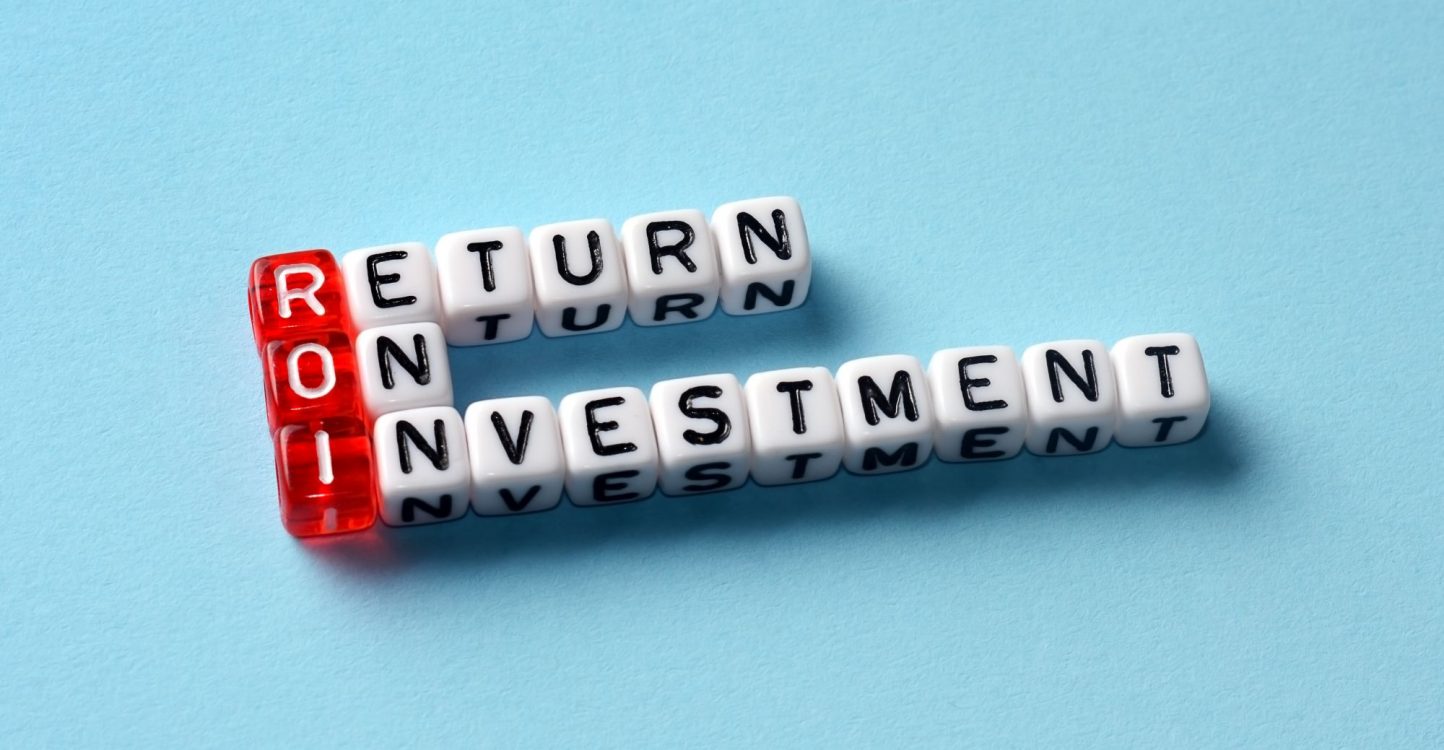
Read time: 4 mins
For those of us working in the world of marketing and communications, demonstrating the value of PR is a hot topic. Long gone – and with good reason – are the days of measuring the impact of PR through the advertising value equivalent (AVE) of coverage. However, while the industry now firmly rejects the veracity of that metric, doing so has created important questions about how best to showcase the value of PR and its importance in the marketing mix.
Why should brands invest in PR? What does good PR achieve? And how do we measure the impact of PR in a way that translates in the boardroom, where return in investment (ROI) is key?
These are important questions to answer if the discipline is to remain relevant at a time when performance marketing is in vogue and there are plenty of ways for budget holders to allocate spend.
The first step in understanding how PR can benefit a brand is to properly understand what PR is. That sounds simple, but in truth the discipline has metamorphosised far beyond the media relations with which it was traditionally synonymous. In fact, that’s happened to such a degree that whether the industry is in the midst of an identity crisis is an ongoing topic of debate.
To understand how we arrived at this juncture, we need to have a brief history lesson. So, cast your mind back to a time when Irish boybands ruled the charts, The X Factor was just a twinkle in Simon Cowell’s eye and PR meant getting in the paper.
In this simpler time, brands engaged with PR agencies to utilise their expertise in securing positive press coverage. This helped raise awareness of their brand with potential clients and consumers, while also providing brands with the opportunity to cultivate favourable sentiment among these audiences. A basic PR concept, that remains true today.
However, when we look at how the impact of PR was measured the spectre of AVE emerges and things become murkier. Agencies reported on the volume of media coverage they had achieved for their clients but many also measured what the equivalent value of taking this space to advertise would have been. Cue scenes of PR practitioners pulling out their rulers to measure column inches.
Controversially, many agencies applied a multiplier to this figure on the basis that it was editorial coverage rather than an advertisement. The argument was that editorial coverage was more credible and, therefore, more valuable. In those days, if the question was ‘What’s the ROI of our PR activity?’ the answer would most likely be ‘£50,000 in AVE this week – and you’re only on a retained fee of £5,000 a month!’. Job done. No further questions please.
Snap back to 2021 and the PR landscape has changed.
PR is no longer synonymous with media relations and best practice evaluation has moved on drastically – aided by the introduction of AMEC’s Barcelona Principles, which have largely expunged AVE from the industry. Media relations remains a valuable part of what PR agencies do for their clients but it’s clear that the mass media is far from the only way that brands can engage with their audiences. In many cases it may not actually be the best way to reach them, with social media and content marketing campaigns presenting compelling opportunities for brands to engage with their audiences more directly.
That is why, at Brand8 PR, we take an integrated approach across PR, content, social and search to deliver impactful communications strategies for our client. A more sophisticated multi-channel approach also brings with it the need for more advanced means of evaluation. To meet this requirement, we have developed a proprietary evaluation system – Evalu8. This allows us to analyse and interpret a range of metrics to understand the combined impact of our activity across PR, content, social and search and inform future activity.
With the scope of activity falling within PR campaigns greater than ever, it’s crucial to have a clear-eyed view of the rationale behind each element within a campaign and what it is designed to deliver. Not everything you do will immediately lead to a surge in sales and enquiries – but that doesn’t mean this activity is superfluous.
One of the most important goals of PR is to raise awareness of a brand and build trust in it. It’s a simple concept but people are more likely to buy from a brand if they are familiar with it and are confident in the quality of products or services it offers. Often, we are willing to pay more to achieve this level of confidence in our purchasing decisions.
Here, PR can play a key role. By building awareness and trust in brands it can help build valuable brand equity. Building brand familiarity with prospective consumers and clients can also help other more performance driven marketing tactics, such as PPC campaigns, work more effectively. This is because the audiences for those campaigns already have a level of understanding and trust in the brand they are being asked to engage with.
Of course, there is no silver bullet solution alone. Building a brand and generating commercial impact requires a lot of work. And it is because of this that businesses that understand how brand marketing and performance marketing can work in synergy are best placed to fully realise the benefits PR can deliver. It’s an approach that will help them accelerate PR to the top of the agenda in the boardroom.
Want to hear more about how to deliver PR campaigns that can make a genuine commercial impact for your business? Get in touch with Alex on t: +44 (0)7950 803 930 or e: alex.wignall@brand8pr.com.